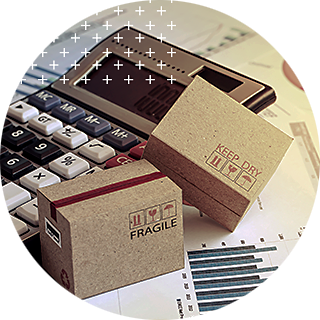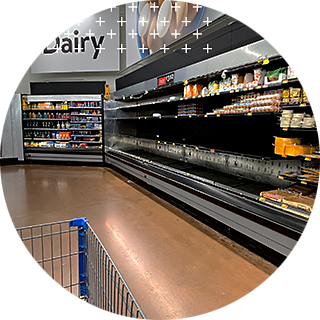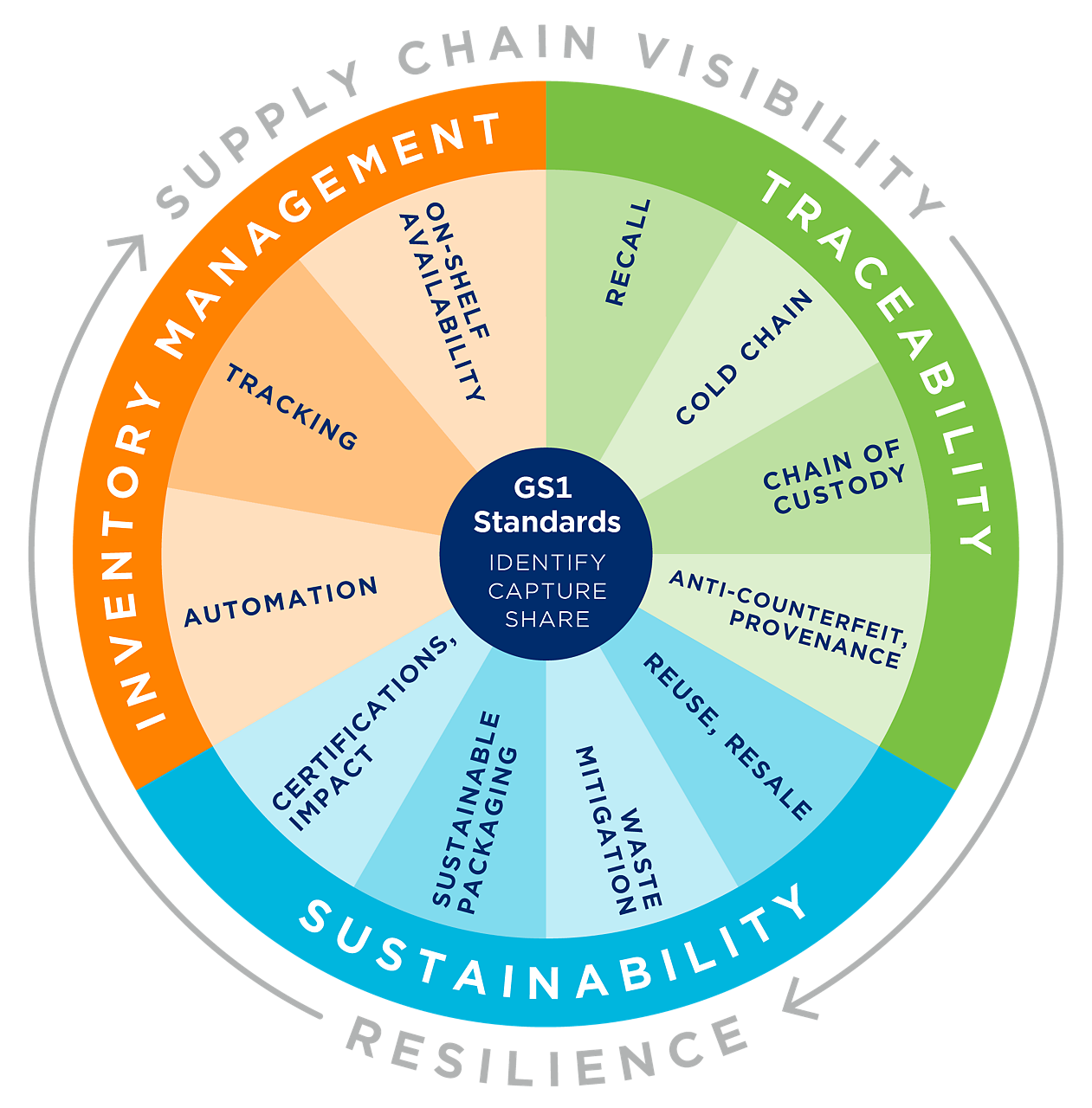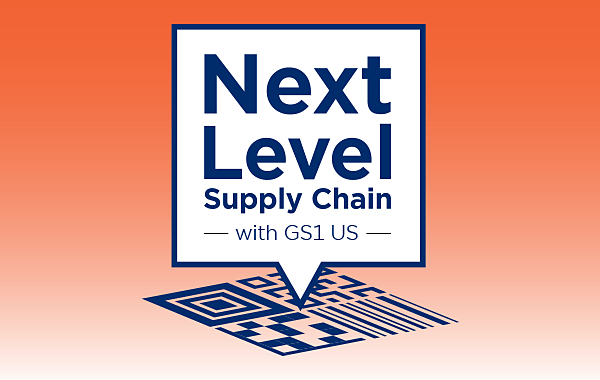A clear benefit of supply chain visibility is that it helps boost efficiency and transparency. When you can clearly see what is happening along your supply chain, you will be able to communicate more seamlessly with your trading partners and grow your business.
Another benefit is that you will be able to better manage inventory levels, streamline logistics, and catch potential bottlenecks before they slow you down. This will help you save money, better allocate resources, and confidently pivot based on demand.
















